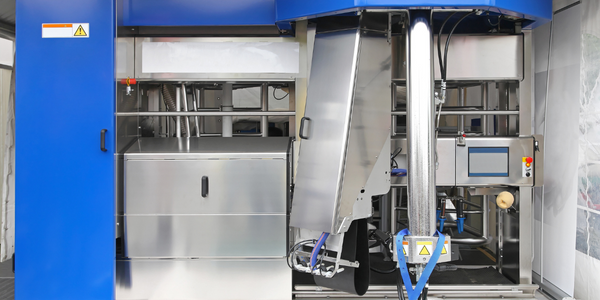Technology Category
- Infrastructure as a Service (IaaS) - Public Cloud
- Platform as a Service (PaaS) - Application Development Platforms
Applicable Functions
- Product Research & Development
- Sales & Marketing
Use Cases
- Inventory Management
- Process Control & Optimization
About The Customer
Andorra Turisme, S.A.U. is a public company based in Andorra la Vella, Andorra. Its primary role is to aid in the development and promotion of tourism in Andorra, with the aim of improving the country's competitive position as a tourist destination. As part of its strategic objectives, Andorra Turisme works to lead the design and performance of Andorra's tourist marketing policies and strategies, collaborating with various public and private bodies involved in the value chain. The company faced challenges in optimizing its management processes, particularly in terms of interdepartmental management, reliance on printed documents, and complex administrative management.
The Challenge
Andorra Turisme, S.A.U., a public company created to aid the development and promotion of tourism in Andorra, faced significant challenges in optimizing its company management processes. The company's main strategic objective was to improve Andorra's competitive position as a tourist destination, but it was hindered by three main issues. Firstly, there was poor interdepartmental management, which led to inefficiencies and communication breakdowns. Secondly, the company was heavily reliant on printed documents, which not only increased costs but also slowed down processes. Lastly, the company was burdened with dense and complex administrative management, which further complicated operations and made it difficult to implement changes quickly and effectively.
The Solution
The solution to Andorra Turisme's challenges came in the form of the AuraQuantic Business Process Management (BPM) platform, implemented by BSS Consultores. This platform was chosen due to its proximity and understanding of the particularities of Andorra Turisme. The implementation process involved careful consideration of several key points. These included the elimination of manual parts of the workflows, simplicity in designing and defining processes for flexibility and agility, process management supported on databases instead of physical documents, elimination of paper documentation, incorporation of the Digital Signature, and introduction of the management of the Data Protection Act. The result was an effective and efficient process management system that ensured the quality of operations based on established guidelines.
Operational Impact
Quantitative Benefit

Case Study missing?
Start adding your own!
Register with your work email and create a new case study profile for your business.
Related Case Studies.

Case Study
System 800xA at Indian Cement Plants
Chettinad Cement recognized that further efficiencies could be achieved in its cement manufacturing process. It looked to investing in comprehensive operational and control technologies to manage and derive productivity and energy efficiency gains from the assets on Line 2, their second plant in India.

Case Study
Airbus Soars with Wearable Technology
Building an Airbus aircraft involves complex manufacturing processes consisting of thousands of moving parts. Speed and accuracy are critical to business and competitive advantage. Improvements in both would have high impact on Airbus’ bottom line. Airbus wanted to help operators reduce the complexity of assembling cabin seats and decrease the time required to complete this task.

Case Study
Hospital Inventory Management
The hospital supply chain team is responsible for ensuring that the right medical supplies are readily available to clinicians when and where needed, and to do so in the most efficient manner possible. However, many of the systems and processes in use at the cancer center for supply chain management were not best suited to support these goals. Barcoding technology, a commonly used method for inventory management of medical supplies, is labor intensive, time consuming, does not provide real-time visibility into inventory levels and can be prone to error. Consequently, the lack of accurate and real-time visibility into inventory levels across multiple supply rooms in multiple hospital facilities creates additional inefficiency in the system causing over-ordering, hoarding, and wasted supplies. Other sources of waste and cost were also identified as candidates for improvement. Existing systems and processes did not provide adequate security for high-cost inventory within the hospital, which was another driver of cost. A lack of visibility into expiration dates for supplies resulted in supplies being wasted due to past expiry dates. Storage of supplies was also a key consideration given the location of the cancer center’s facilities in a dense urban setting, where space is always at a premium. In order to address the challenges outlined above, the hospital sought a solution that would provide real-time inventory information with high levels of accuracy, reduce the level of manual effort required and enable data driven decision making to ensure that the right supplies were readily available to clinicians in the right location at the right time.










